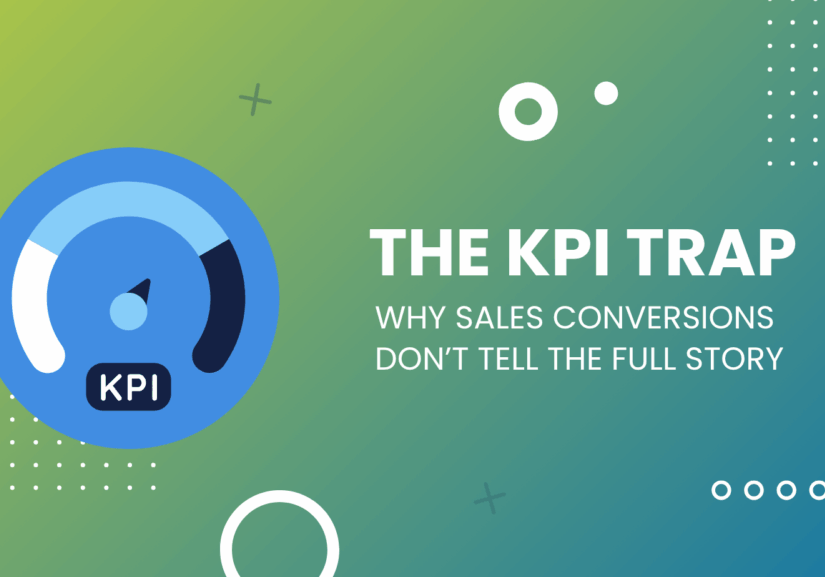The Do’s and Don’ts of SEM

Search Engine Marketing (SEM) is crucial to utilize to establish your business’s online presence and continue to drive traffic to your website. We use Google Adwords to achieve a good SEM strategy for our clients, and we know that it takes a bit more than plugging in keywords and audience metrics.
So how do you stay on top of the ever-changing SEM landscape and keep your website rank in check? Remember that your first objective is to listen, then plan, and follow-through. Sound easy enough? Here are some important “do’s and don’ts” to consider.
DO research & DON’T ignore the competition!
Go the extra mile when beginning your SEM campaigns and research what tactics will work best for your business. Look at how your business’s website currently ranks, what your audiences’ habits are for searching, and how your competition measures up against your current ranking. For example, one of your competitor’s websites could be listed on the first page of a Google search, and your business’s website appears on the second page. Odds are, that your targeted audiences will choose your competitor’s website over yours.
DO develop a strategy & DON’T use broad keywords!
Once you’ve determined your competition’s ranking and other important factors in your campaign, it’s important to put together a strategy for your SEM spending. Think about the campaign as a whole and consider how much you would like to spend each month, how many keywords you will be using, how often you will check your statistics, and analyze results. While making this strategy, it’s important that you don’t use broad keywords. Broad keywords can cost more for your business, and it may not get you the right customer through the door. Remember, your audience is unique to your business and you need to consider what exactly they are Googling when they are looking for your product or service.
DO use geotargeting & DON’T put your campaign on autopilot!
Geotargeting can be very effective to narrow your audience to a small window of customers that would be willing to buy your product or service. Geotargeting delivers your SEM ads to consumers in specific zip codes. It’s crucial to set this up before you launch your SEM campaign. If you let your campaign go on autopilot, again, you could get inquiries from consumers that aren’t actually going to purchase your product or service.
These tactics may sound simple, but trust us when you’re running at full speed, it’s easy to overlook one or two of these. That’s why it’s important to review your SEM efforts often and always be on the hunt for new ways to expand your reach.
By Bethany, Social Media & Public Relations Strategist | October 6, 2020




